Home>Ideas and Tips>Creating A Low-Maintenance Garden With Ease
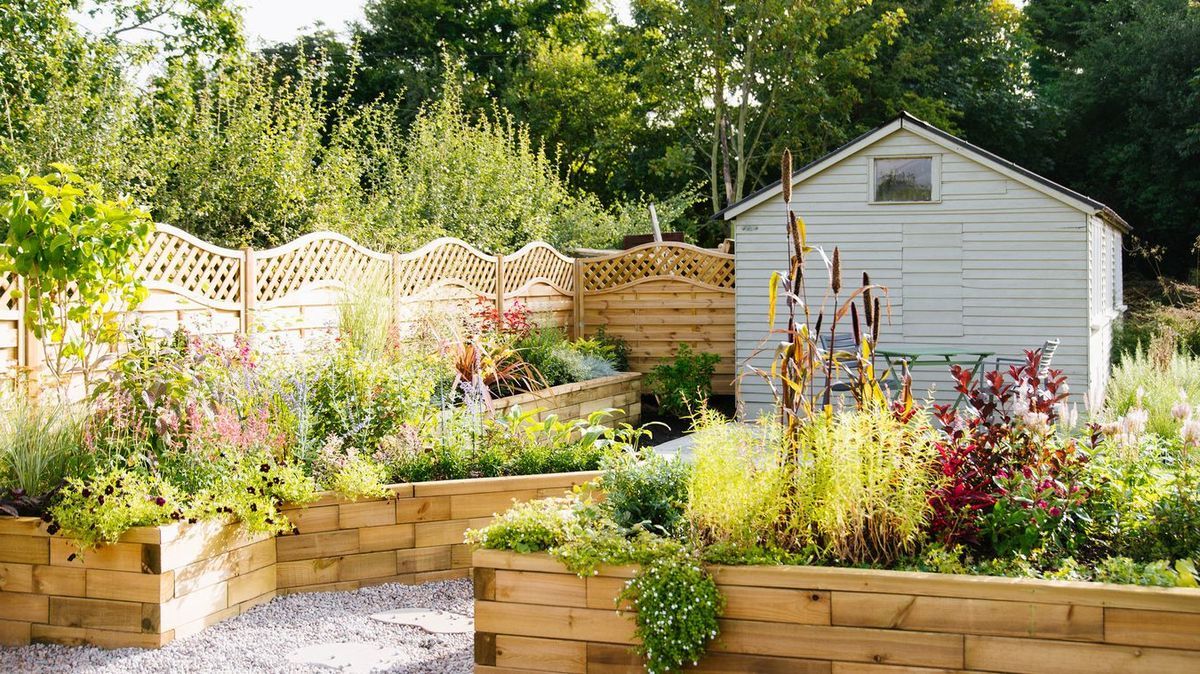

Ideas and Tips
Creating A Low-Maintenance Garden With Ease
Published: November 4, 2024
Learn how to create a stunning low-maintenance garden with practical tips on plant selection, site preparation, and design for effortless upkeep.
(Many of the links in this article redirect to a specific reviewed product. Your purchase of these products through affiliate links helps to generate commission for Storables.com, at no extra cost. Learn more)
Creating a low-maintenance garden is a fantastic way to enjoy the beauty of nature without spending all your free time on upkeep. But what exactly does a low-maintenance garden mean? It’s a garden designed to thrive with minimal intervention, focusing on simple gardening practices and incorporating design elements that allow plants to grow naturally with little care. This type of garden not only reduces the time and effort required for upkeep but also promotes sustainability and ecological balance.
Understanding Low-Maintenance Gardens
Low-maintenance gardens are all about working smarter, not harder. Unlike traditional gardens that need regular watering, pruning, and weeding, a low-maintenance garden is designed to be self-sustaining. It’s built on the principles of sustainability and resource efficiency, aiming to reduce the need for constant care by choosing plants suited to the local climate and soil conditions. This approach emphasizes ecological mindfulness, selecting native plants and designing the garden to harmonize with the local ecosystem. Effective planning is crucial, understanding your site conditions like sunlight, soil type, moisture levels, and ecozone ensures you choose the right plants for your specific site.
Read more: Tips For Creating A Low-Maintenance Garden
Five Steps to a Low-Maintenance Garden
-
Prepare Your Site with Care
Site preparation is the foundation of a successful low-maintenance garden. It involves creating a weed-free growing bed for your future plants to thrive in. Proper site prep can be done using various methods such as laying an ugly black tarp over the site for six months or using the lasagna mulch method with cardboard and organic matter.
-
Why Proper Site Prep is Important: Weeds can overwhelm your baby plants if they are not properly prepared for. By removing weeds and debris, you give your plants the head-start they deserve. This initial effort saves you from the headache of dealing with invasive weeds later on.
-
Methods for Site Prep: There are several methods you can use for site prep, including:
- Black Tarp Method: Laying a black tarp over the site for six months can help kill weeds and prepare the soil.
- Sod Cutter Method: Using a sod cutter to remove existing grass and weeds can be effective but labor-intensive.
- Cardboard Lasagna Method: Layering cardboard with organic matter like leaves or compost can help break down the soil structure and suppress weeds.
-
-
Choose the Right Plants
Choosing the right plants is critical in creating a low-maintenance garden. The number one mistake many gardeners make is selecting plants that are not well-suited to their yard conditions. This leads to unsustainable amounts of time, effort, and money spent on maintaining these plants.
-
Understanding Your Site Conditions: Before choosing plants, it's essential to understand your site conditions including sunlight, soil type, moisture levels, and ecozone. This helps you select plants that naturally thrive in those conditions.
-
Native Plant Communities: Choosing native plant communities that your site most closely resembles ensures that your plants will require very little extra care once established. For example, if your front yard is sunny and dry with clay soil, you should choose plants that thrive in an upland prairie ecosystem.
-
-
More Plants, Fewer Problems
One of the most effective strategies for creating a low-maintenance garden is to plant densely. Nature heals itself by colonizing bare ground quickly after disturbances like wildfires or construction sites. By layering your garden with a diverse mix of plants with different growth habits and forms, you can cover every square foot of garden space, leaving no room for weeds to grow.
- Groundcover Plants: Groundcover plants are especially important as they form a living mulch between other plants. This not only suppresses weeds but also adds to the aesthetic appeal of your garden.
-
Change the Way You Weed
While proper site prep reduces the initial invasion of weeds, it's inevitable that some weeds will still appear during the first year or two of plant establishment. Traditional weeding methods often involve digging up roots and disturbing the soil, which can create conditions for more weed seeds to germinate.
- Preferred Weeding Methods: Low-maintenance gardeners prefer two main methods of weeding:
- Mulching: Applying a thick layer of mulch can suppress weed growth by blocking light and preventing seed germination.
- Companion Planting: Planting certain species together can outcompete weeds for resources like light and water.
- Preferred Weeding Methods: Low-maintenance gardeners prefer two main methods of weeding:
-
Design for Simplicity
A low-maintenance garden should be designed with simplicity in mind. This includes avoiding complex features that require significant maintenance and focusing on elements that are easy to care for.
- Decluttering: Remove any unnecessary elements from your yard such as unused furniture or decorative items that only add clutter.
- Restricting Plant Palette: Stick with plants that are known to thrive in your area rather than impulsively buying unfamiliar species. This reduces the need for frequent replanting and reduces maintenance tasks.
Additional Tips for Low-Maintenance Gardens
-
Use Mulch
Mulch is a gardener's best friend when it comes to creating a low-maintenance garden. It helps retain soil moisture, suppresses weed growth, and adds aesthetic appeal to your garden.
- Types of Mulch: You can use shredded mulch, shredded leaves, or untreated grass clippings as mulch. Apply a 2-3 inch layer after planting and watering well.
-
Select Drought-Tolerant Plants
Drought-tolerant plants are essential for low-maintenance gardens as they require less watering and care. Native plants are often well-adapted to local climate conditions and will thrive with minimal intervention.
-
Install Simple Irrigation Systems
Simple drip irrigation systems can significantly reduce watering chores by providing plants with exactly what they need when they need it. Timers can be set to ensure consistent watering even when you're away.
-
Avoid Invasive Plants
Invasive plants may seem appealing due to their rapid growth but can quickly turn into a nightmare as they spread uncontrollably and require constant removal. Stick with plants that are not vigorous spreaders or aggressive.
-
Keep It Small
A smaller garden is easier to maintain than a large one. Focus on creating small, manageable spaces like ring gardens around trees or small flower beds near entryways.
Best Plants for Low-Maintenance Gardens
-
Perennials
Perennials are the backbone of a low-maintenance flower bed because they come back every year without needing to be replanted annually. Some popular perennial options include:
- Ornamental Grasses
- Coneflower
- Yarrow
- Catmint
- Salvia
- Daylilies
- Black-eyed Susan
- Shasta Daisies
- Veronica
- Blanket Flower
- Perennial Geranium (Cranesbill)
- Russian Sage
- Penstemon
- Autumn Joy Sedum
-
Annuals
Annuals add constant color throughout the growing season but need to be replanted every year. Some low-upkeep annual options include:
- Vinca
- Moss Roses
- Calibrachoa
- Angelonia
- Supertunias
- Lantana
- Cosmos
- Alyssum
-
Shade Plants
For shade areas, consider these low-maintenance options:
- Hosta
- Ferns (not ostrich)
- Coral Bells
- Astilbe
-
Shade Annuals
For shade areas, you can also use these low-maintenance annuals:
- Impatiens
- Polka Dot Plant
- Begonia
- Coleus
- New Guinea Impatiens
Conclusion
Creating a low-maintenance garden is not just about reducing maintenance tasks; it's about working with nature to create a sustainable and beautiful outdoor space. By following these steps and tips—proper site preparation, choosing the right plants, planting densely, changing weeding methods, designing for simplicity—and selecting the right plants—you can enjoy your garden without the hassle of constant upkeep. Remember that while a garden can never be completely low maintenance, these strategies will significantly reduce the amount of time and effort required to keep your yard looking its best.
Incorporating these principles into your gardening routine will not only save you time but also contribute to a healthier environment by promoting biodiversity and reducing waste. So why not start today? With a little planning and the right strategies, you can create a stunning yet effortless garden that brings joy and serenity to your life.
Was this page helpful?
At Storables.com, we guarantee accurate and reliable information. Our content, validated by Expert Board Contributors, is crafted following stringent Editorial Policies. We're committed to providing you with well-researched, expert-backed insights for all your informational needs.
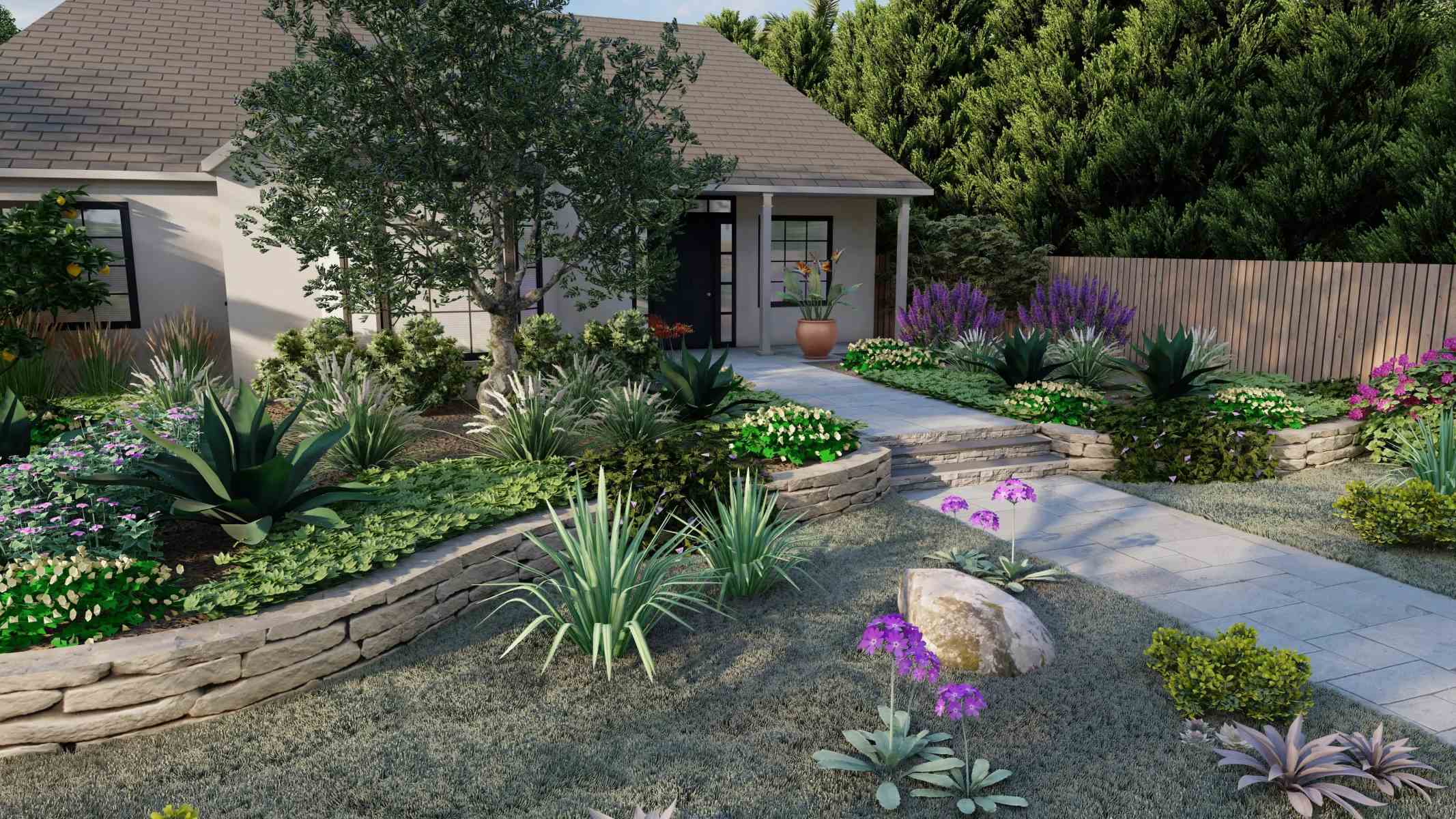
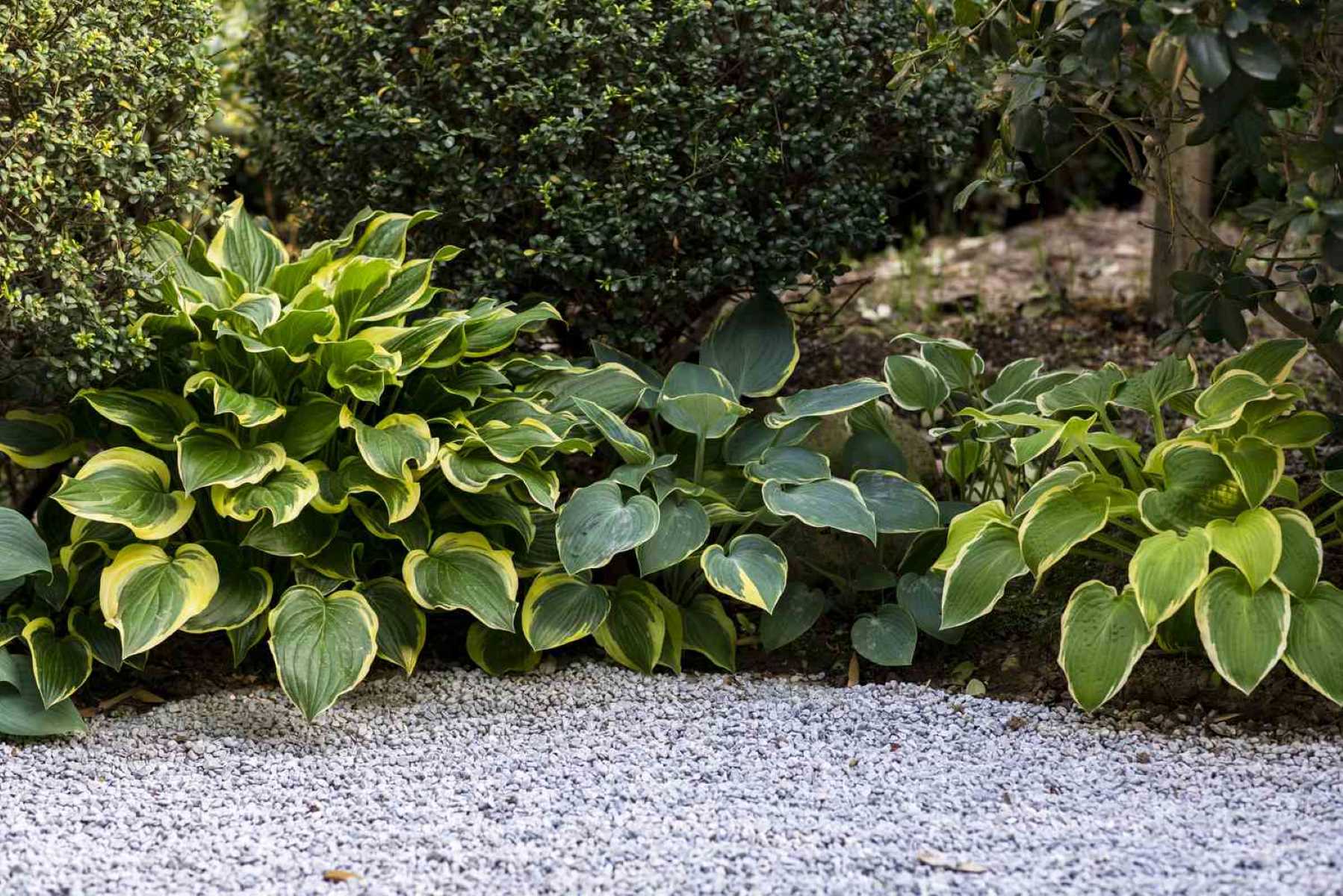
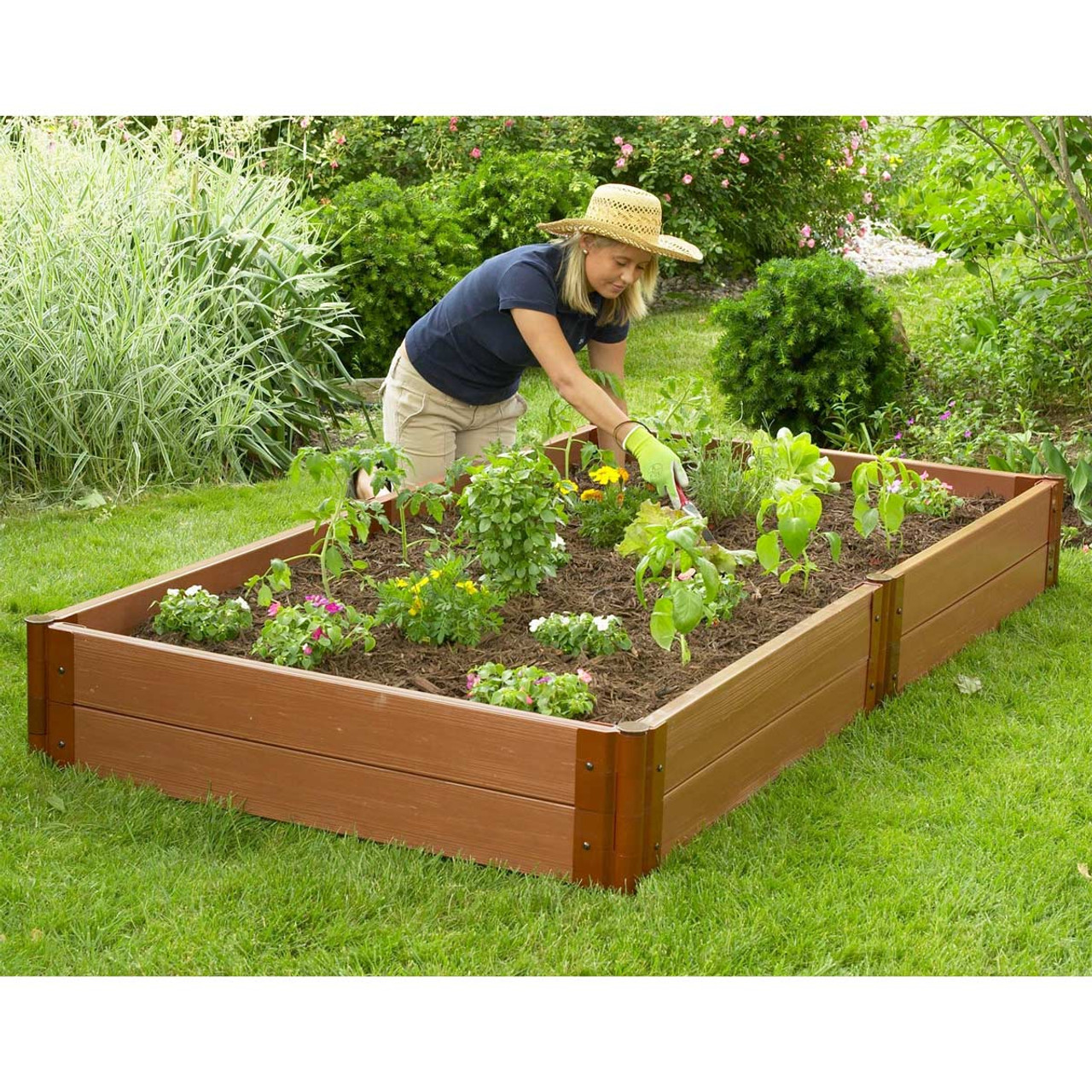
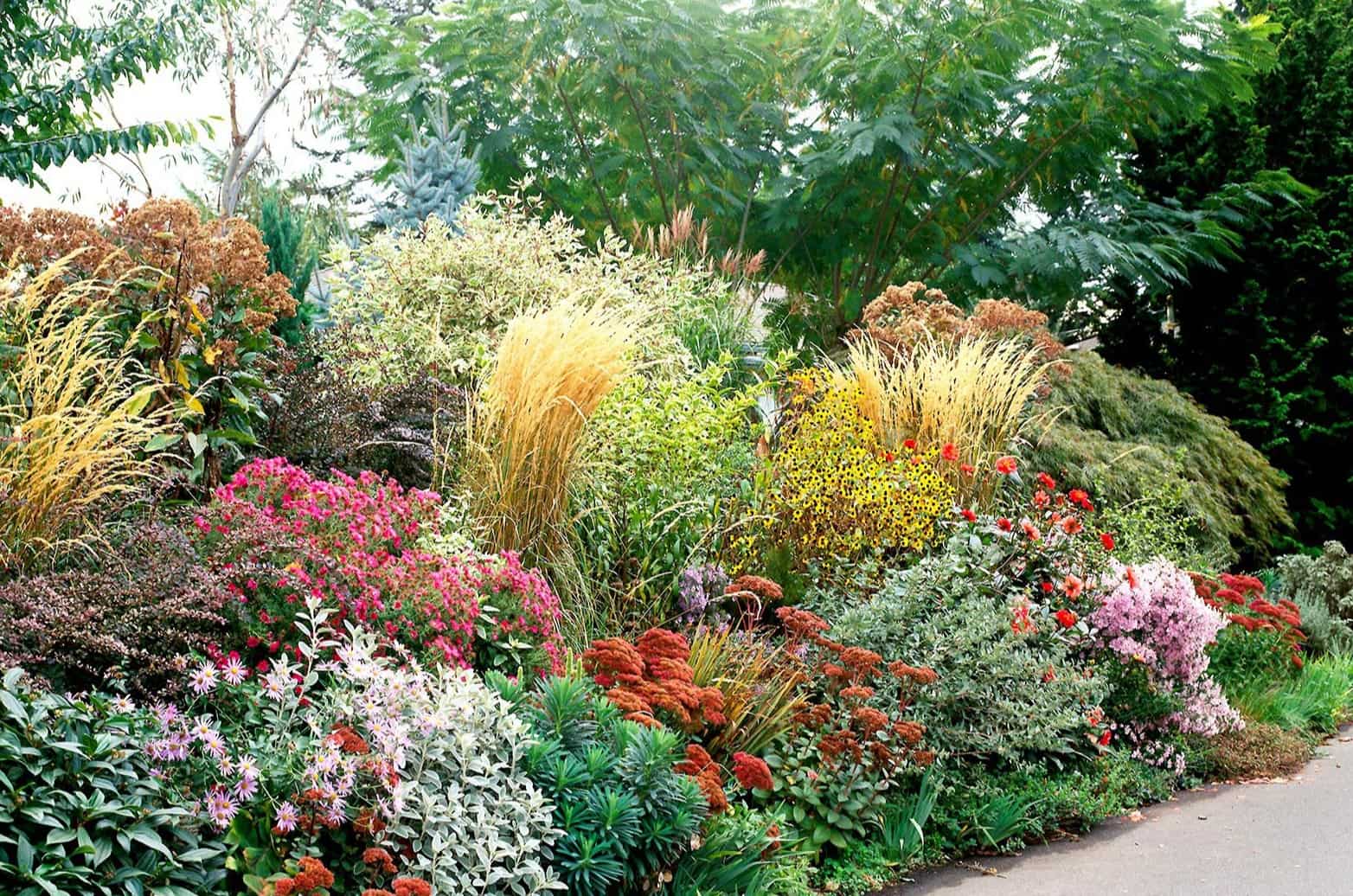
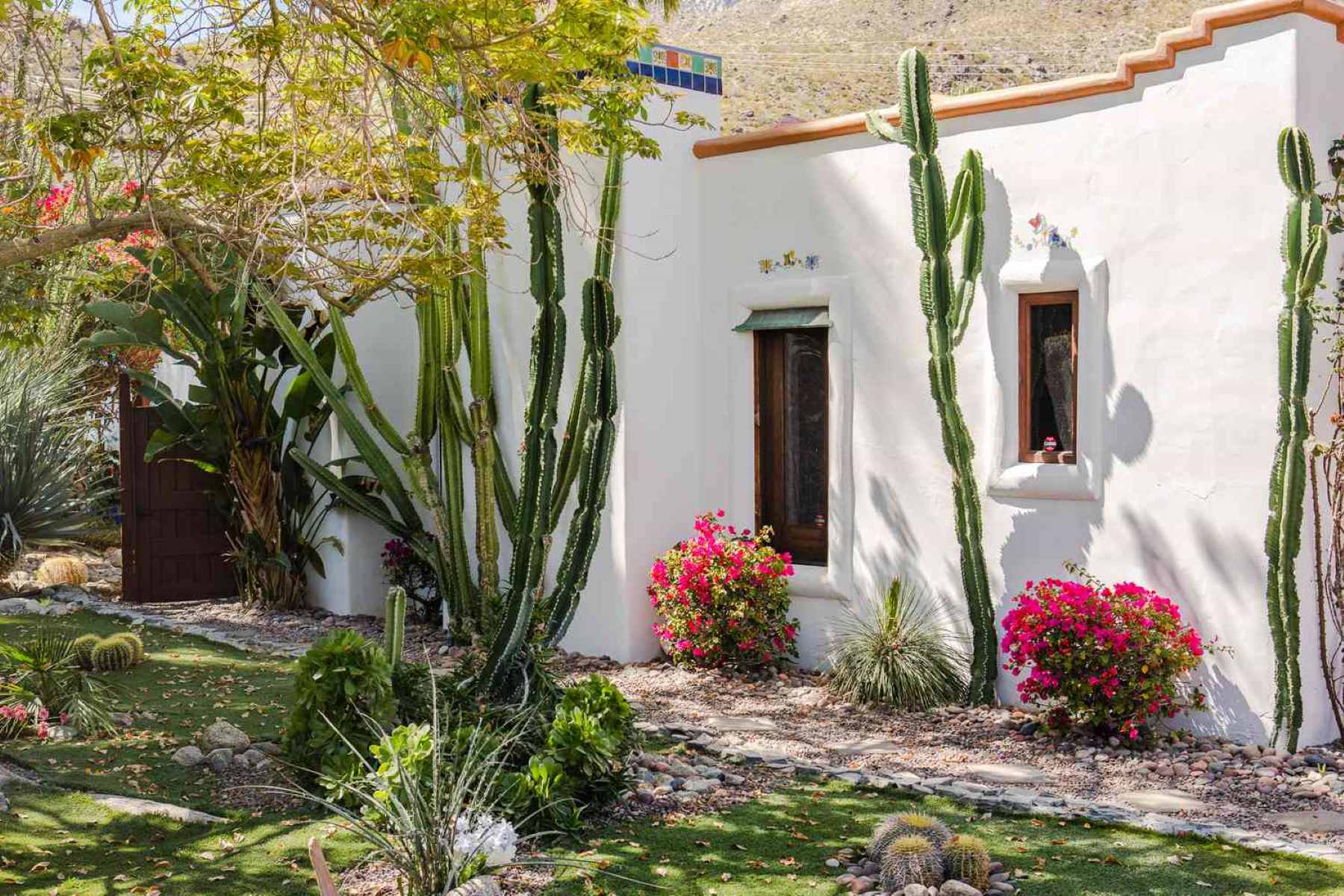
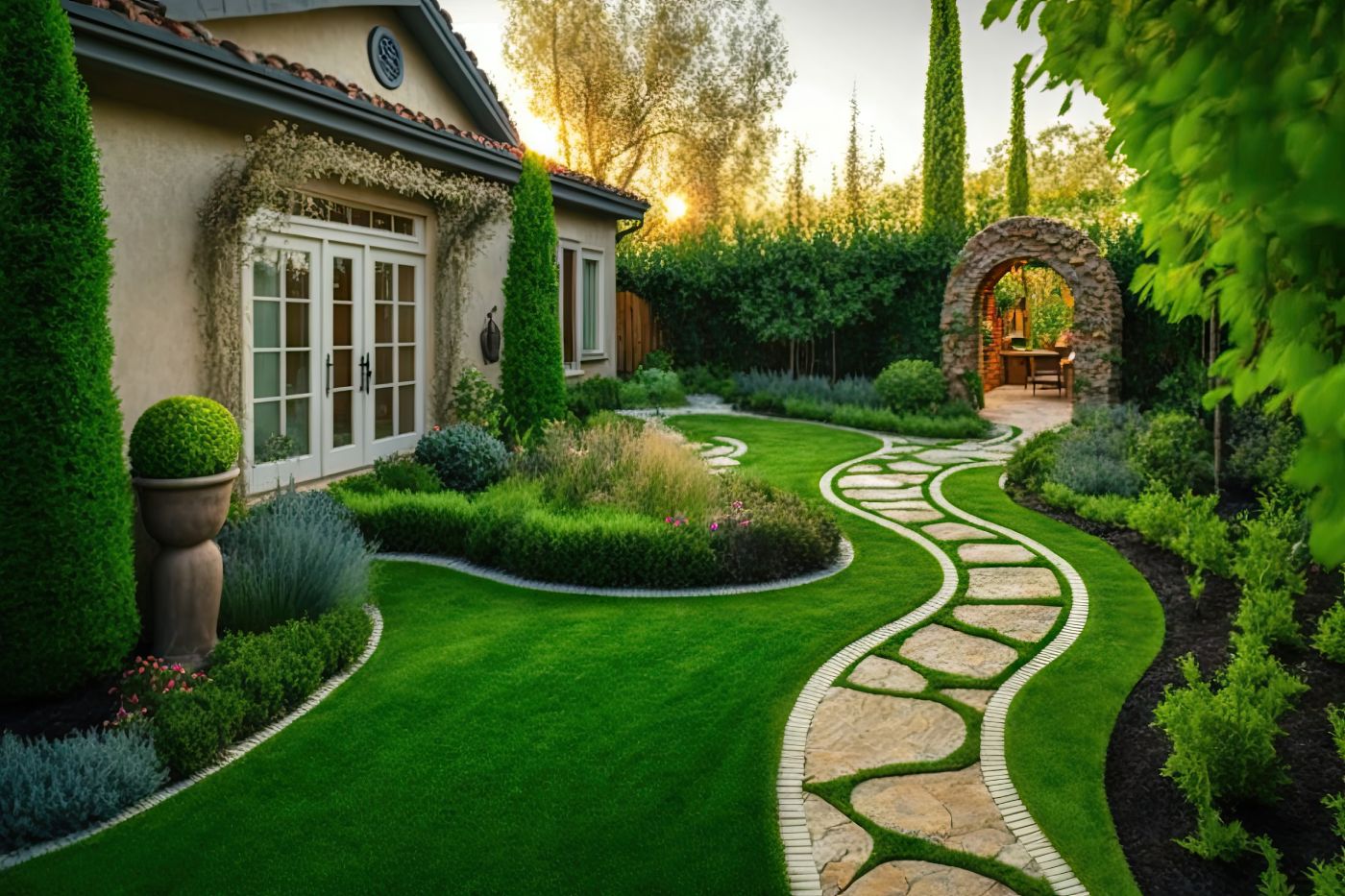
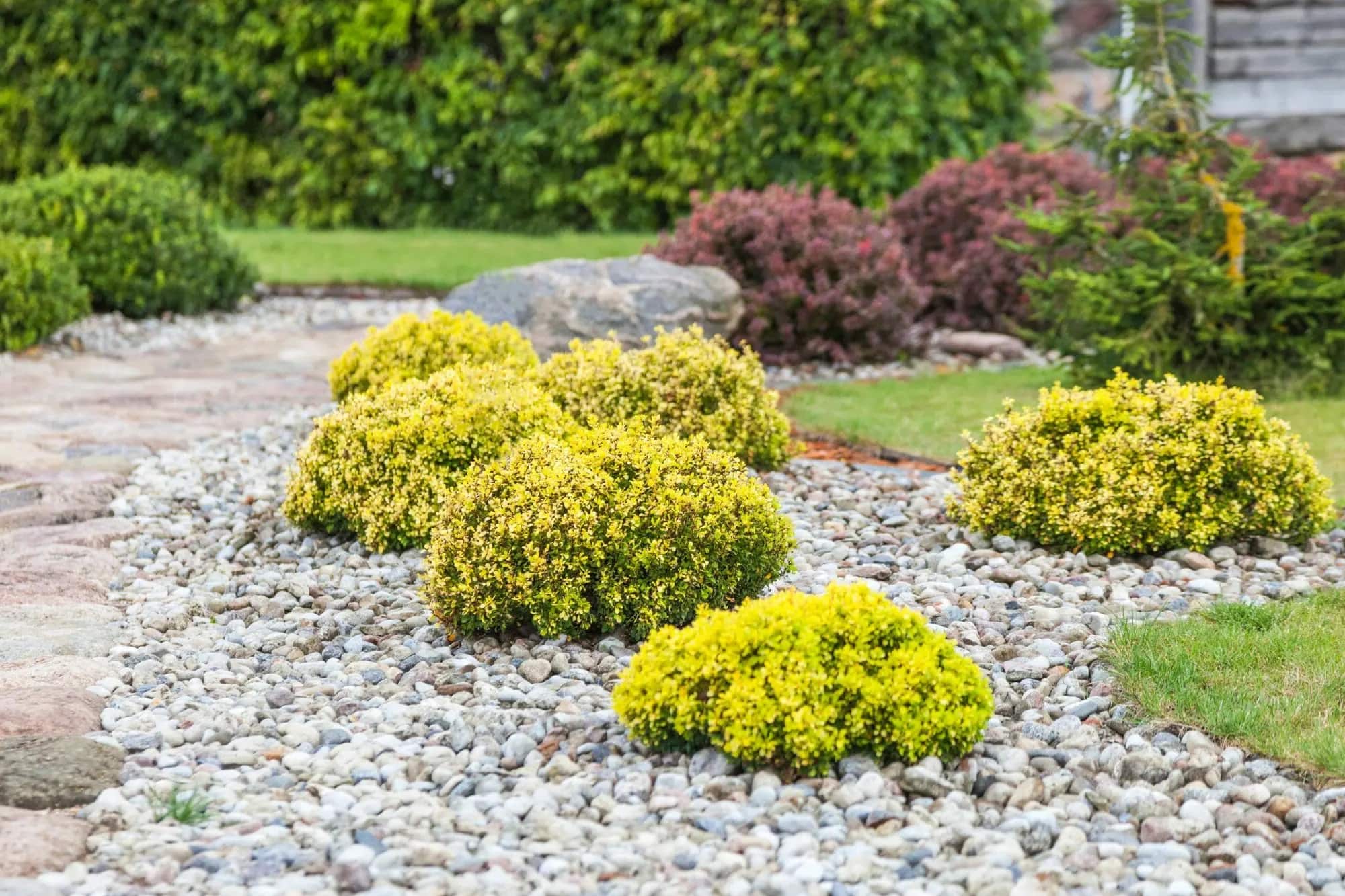
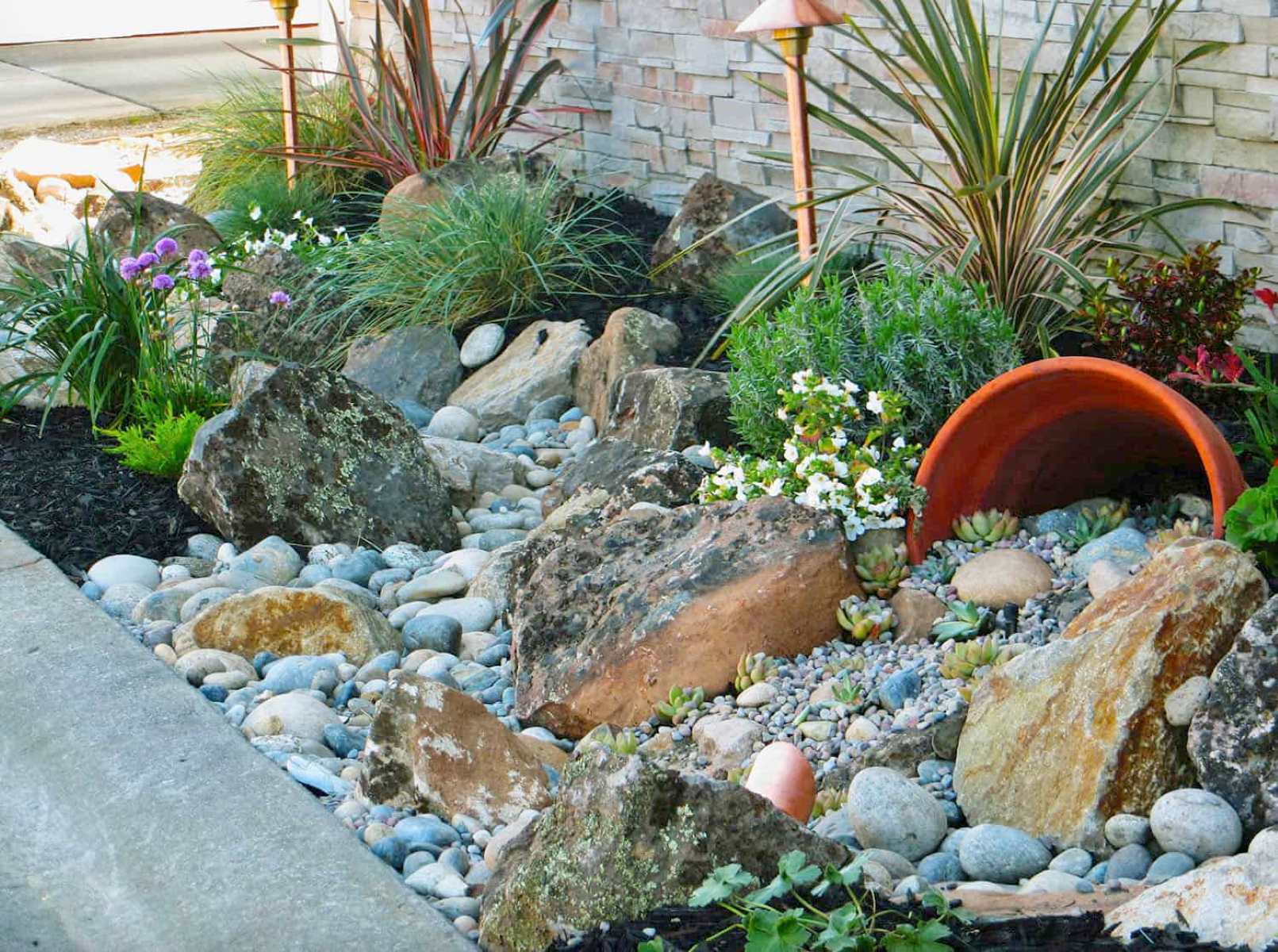
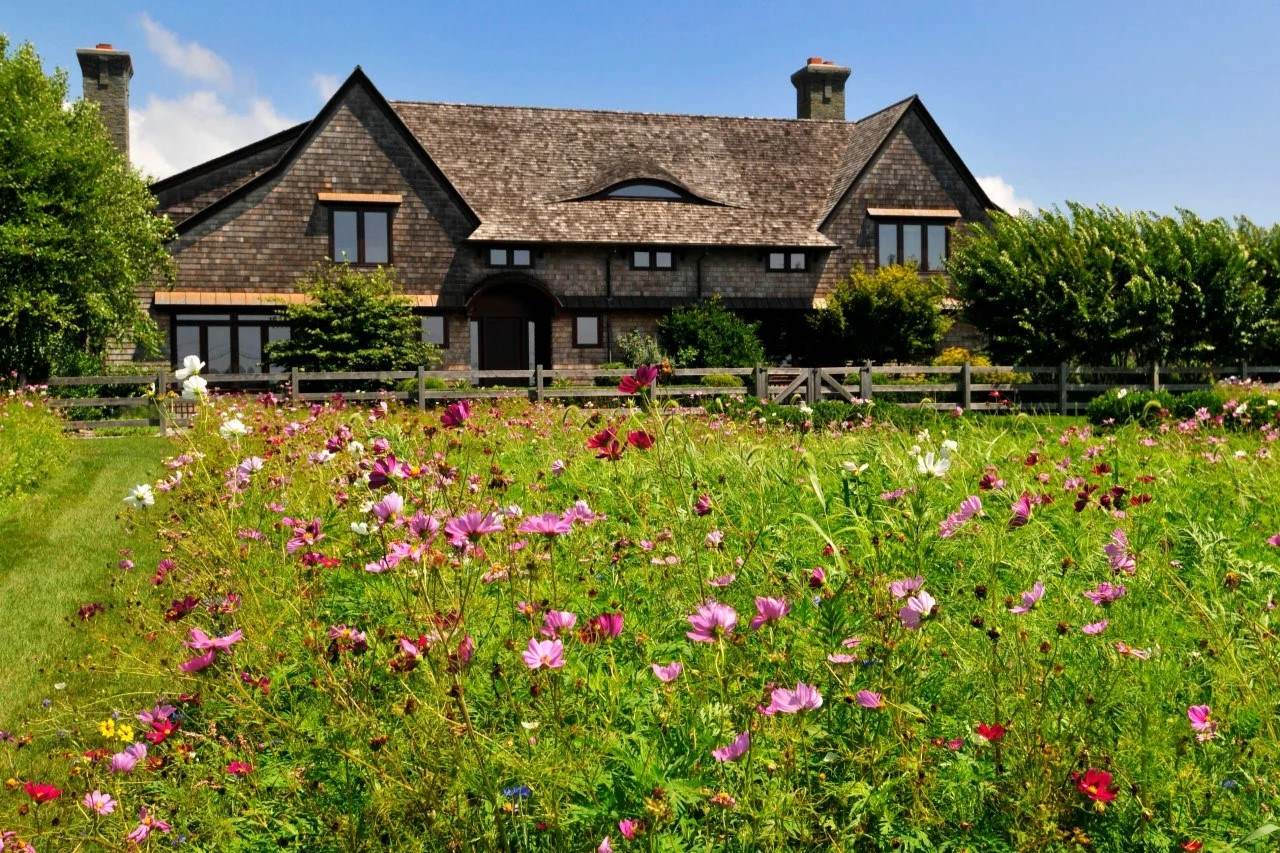
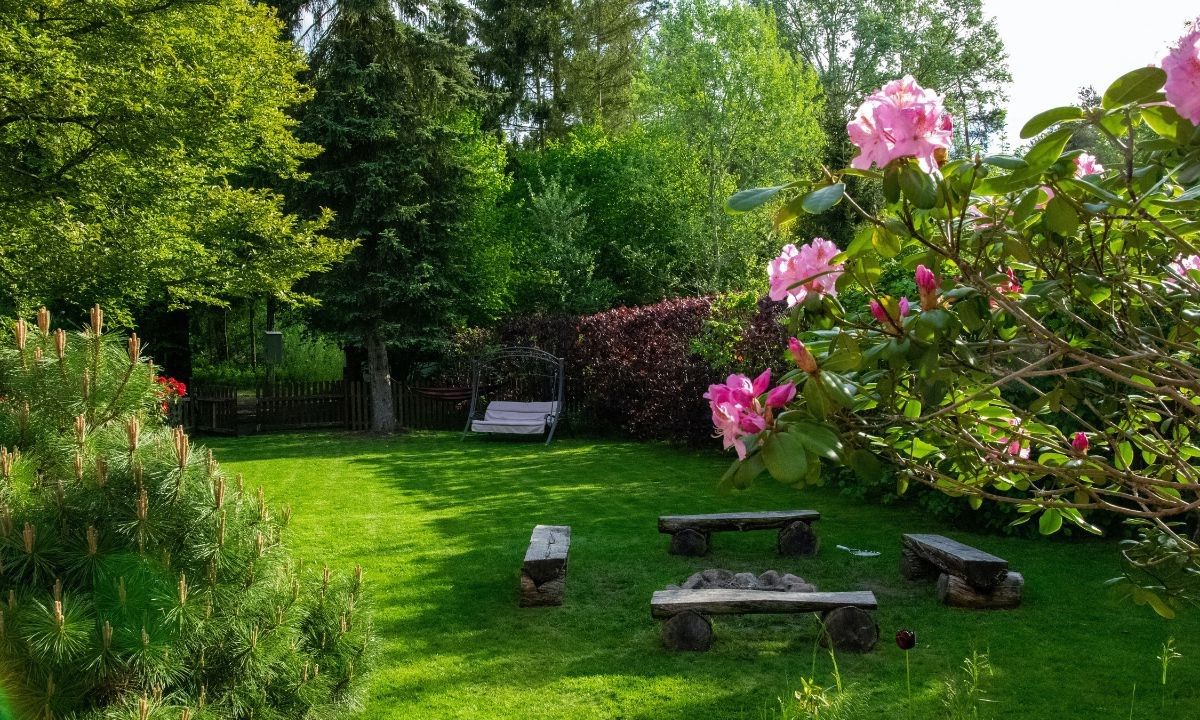

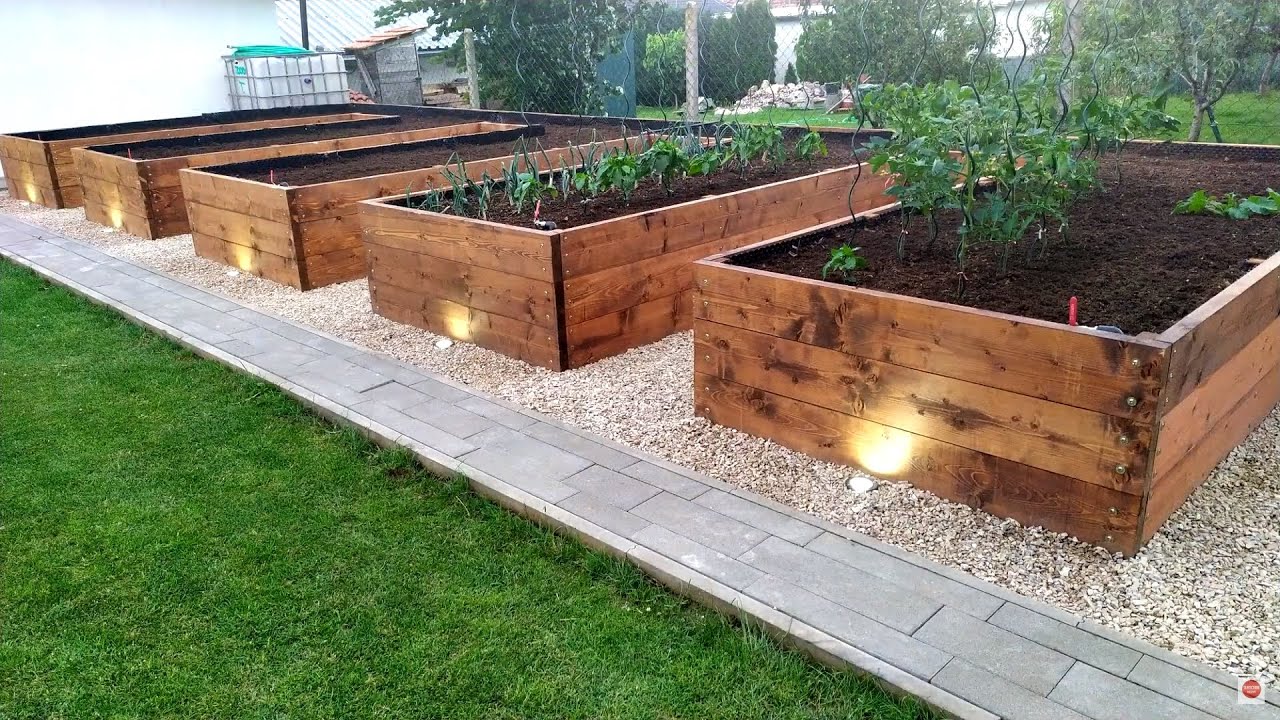
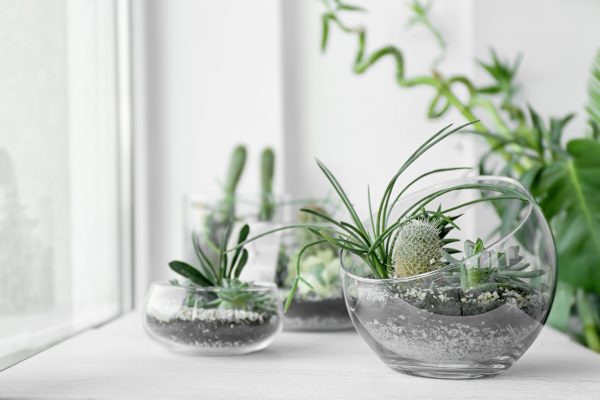
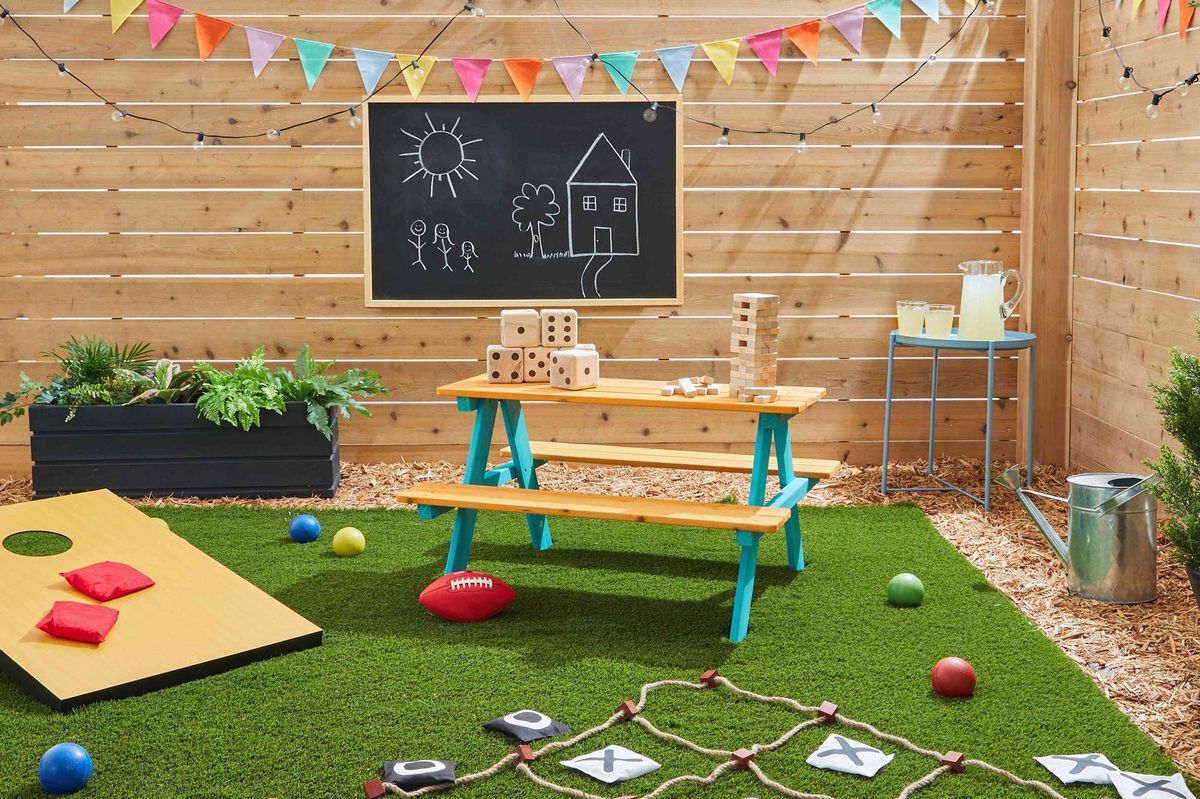
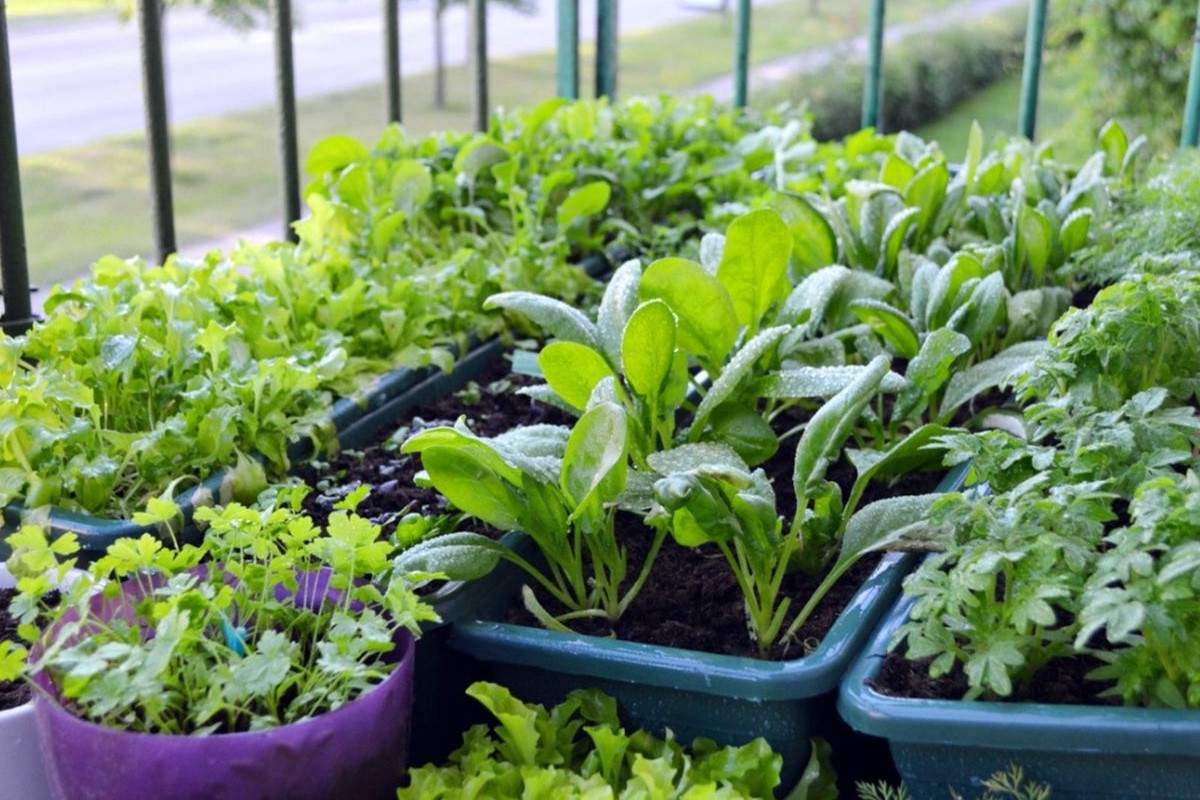

0 thoughts on “Creating A Low-Maintenance Garden With Ease”